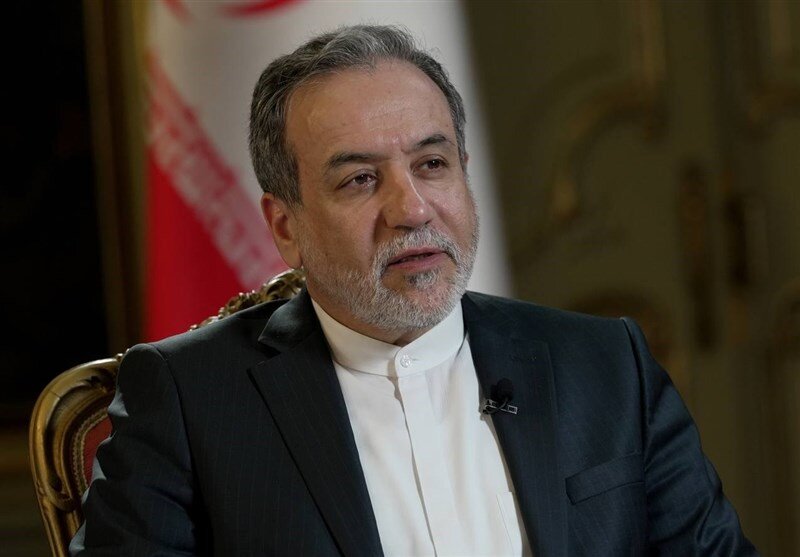Abbas Araghchi took to X to announce that he had a joint teleconference with E3 FMs & EU HR last night.
The top Iranian diplomat said that in the teleconference, he made the following points clear:
– It was the US that withdrew from a two-year negotiated deal -coordinated by EU in 2015- not Iran; and it was US that left the negotiation table in June this year and chose a military option instead, not Iran.
– Any new round of talks is only possible when the other side is ready for a fair, balanced, and mutually beneficial nuclear deal.
– If EU/E3 want to have a role, they should act responsibly, and put aside the worn-out policies of threat and pressure, including the “snap-back” for which they lack absolutely no moral and legal ground.
On Monday, Iran’s Foreign Ministry Spokesman Esmaeil Baghaei said in a press briefing that the so-called snapback mechanism has no legal or political basis, and any threat to invoke it is purely a political maneuver aimed at confronting Iran.
“With recent developments in the past few weeks, resorting to such an unfounded mechanism—lacking legal, ethical, or political grounds—is more meaningless than ever,” he added.
He stressed that Iran still considers itself a party to the JCPOA, and its reduction in commitments was a legitimate response to the United States and other parties’ blatant violations of the deal. This was a right outlined in the JCPOA, he noted.
Baghaei also criticized the European parties for continually trying to exploit the snapback clause while failing to uphold their own obligations under the agreement. “They have no legal or moral standing to activate such a mechanism,” he concluded.
Tehran and Washington were engaged in negotiations led by Iranian Foreign Minister Abbas Araghchi and US President Donald Trump’s foreign envoy Steve Witkoff and had conducted five rounds of indirect talks mediated by Oman when Israel launched a series of unprovoked aggressions, which upended the process.
While the Zionist regime waged a war of aggression against Iran on June 13 and struck Iran’s military, nuclear, and residential areas for 12 days, the US stepped in and conducted military attacks on three nuclear sites in Iran’s Natanz, Fordow, and Isfahan on June 22.
The Iranian military forces conducted powerful counterattacks immediately after the aggression. The Islamic Revolution Guards Corps Aerospace Force carried out 22 waves of retaliatory missile strikes against the Zionist regime as part of Operation True Promise III, which inflicted heavy losses on cities across the occupied territories.
Also, in response to the US attacks, Iranian armed forces launched a wave of missiles at al-Udeid air base in Qatar, the largest American military base in West Asia.
A ceasefire that came into force on June 24 has brought the fighting to a halt.
MNA/
